Circus and environmentalism unite to raise funds and help forest brigades.
Mexico is experiencing the worst water crisis in 600 years. And the capital city is not alone: The lack of rain and high temperatures have caused over 25% of the country to be in a state of extreme drought. According to data from the National Water Commission, Conagua, in June 2023, national rainfall was 61% lower compared to the average for the same month from 1991 to 2020. And it is forecasted that there will be even less rainfall in 2024.
One of the main reasons for this crisis is deforestation, as forests are directly responsible for attracting rainfall and filtering water into the ground to supply basins. The Cutzamala System, which supplies water to Mexico City and its surroundings, is experiencing its lowest level in history, and this is closely related to illegal logging and forest fires that the area known as the Water Forest has suffered in recent years. The vast forest extends between the cities of Mexico, Toluca, and Cuernavaca and provides water to more than 25 million people.
On Thursday, May 2, at Las Mañanitas Cuernavaca, an event took place that was both a celebration of life and a cry for help.
In the words of Shantal Hernández, spokesperson for Funba: The first Last Chance-Save the Water Forest event was a complete success. More than 250 people attended the event, which was aimed at supporting the forest’s most important front-line defenders: The forest brigades.
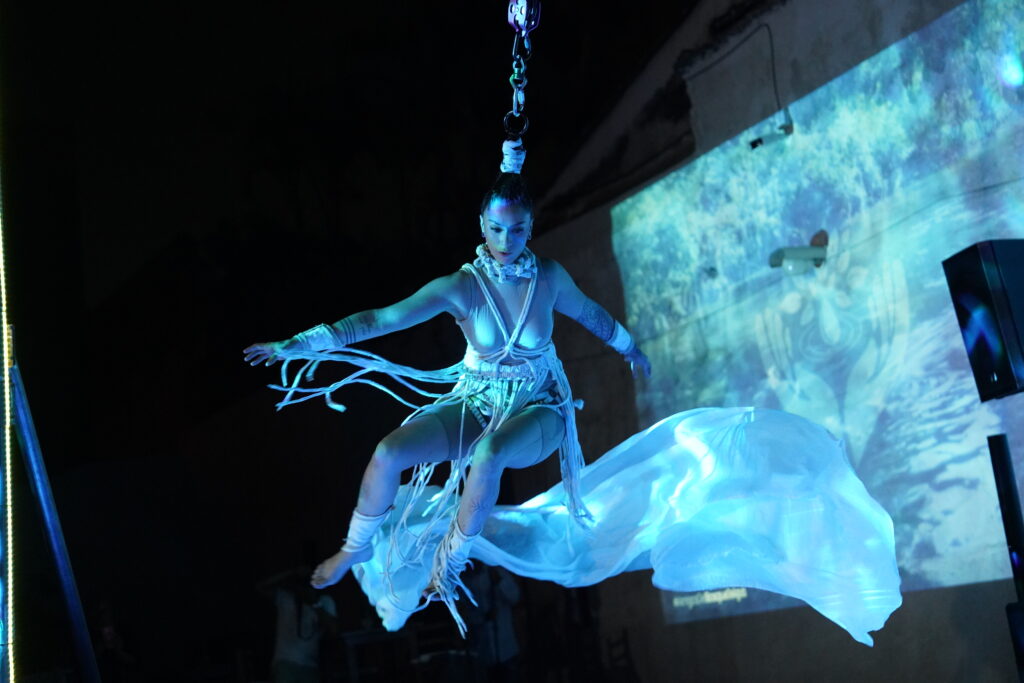
“We had a lot of interest in terms of donations, a lot of interest in supporting the forest brigades,” said Shantal. “People are eager for information about the Water Forest and how to help. We also had many visits to social media and the website, but the reality, the most incredible thing was the energy felt at the event, because everyone approached the team to ask how they could help, which is really what we were looking for, and everyone was very impacted. We can confidently say that it was an event that achieved its objective.”
One of the goals of FUNBA’s fundraising is to strengthen the work of brigade members in community management, as well as prevention and response to forest fires. A mass training will begin in August for all Morelos forest brigades in matters of comprehensive fire management, first aid, community management for the protection of the forest and knowledge about technology and methodologies to prevent and deal with forest fires.
Last Chance, in the words of Bea Padilla, founder and president of FUNBA (the Aháhuac Biosphere Foundation), formed to defend the Water Forest: “It was beautiful; the citizens responded beautifully. Many people came to the event and those who could not come still bought tickets to support the event.
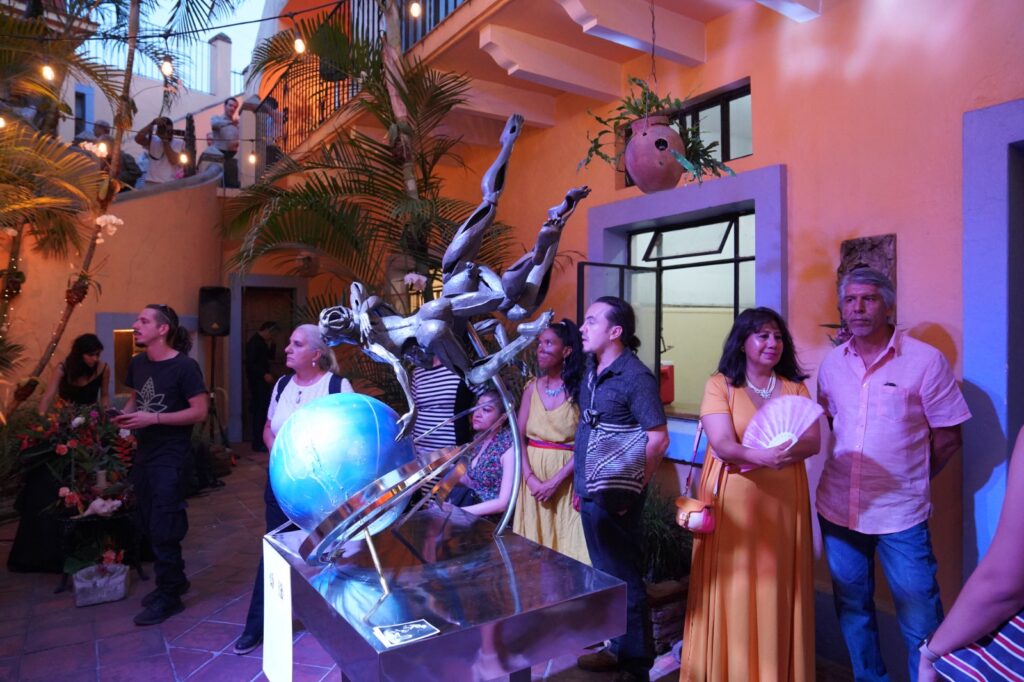
“The artists from the Fuego Azul company, outstanding! They put on a truly amazing show. The organizing team worked in wonderful synergy with entrepreneurs from Morelos, who were called and one after another stepped forward to support the event. It is evident that we all care about the health of the Water Forest.”

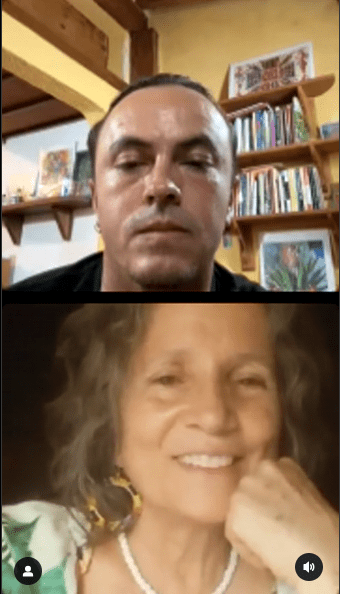
Here we share the interview that Ivan Sawyer did with Bea Padilla and that was broadcasted live on Instagram.
Iván Sawyer: What is the Water Forest?
Beatriz Padilla: It is the most important forest in the country, in terms of strictly human benefits, due to the number of people who directly benefit from this forest, more than 25 million people, which is one-fifth of the population of Mexico.
The Water Forest is the great benefactor of the most densely populated region of the country. It’s in the region where 30% of the country’s Gross Domestic Product is produced. And it’s the main buffer against climate and environmental contingencies in our region. It impresses me a lot that now, with this water shortage crisis, all the reports talk about the water shortage crisis, but none, not a single article, talks about the water source, the Water Forest.

Iván: It’s like we’re very disconnected from where our water comes from, right? And that the issue of the forest is vital for infiltrating water into the subsoil. What area does this forest cover, Beatriz? What geographical area?
Beatriz: It extends between the cities of Mexico, Toluca, and Cuernavaca. That is, it extends over three federal entities of the country. The ones who coined the term “Water Forest” are Greenpeace and the Mexican Autonomous University (UAM) Xochimilco, when they were fighting against the construction of the Lerma-Tres Marías highway.
This highway that would come from Toluca would reach a gas station on the Mexico-Cuernavaca highway, which was express because that road was going to arrive there. In 2008, UAM, Xochimilco, and Greenpeace staged a major protest. That’s when we joined.
UAM Xochimilco, and Greenpeace had defined the great Water Forest as being from where that highway was to the south. And well, when we managed to stop the highway, UAM and Greenpeace withdrew and we stayed.
And that’s when we decided to expand the polygon to include in that second version all the remaining forest perimeter. And it was 260,000 hectares (1,003 square miles). More recently, we realized that this polygon did not include essential areas for water infiltration into the subsoil, it did not include areas that were in very good adjacent conservation status, such as the Lerma and Xochimilco wetlands.
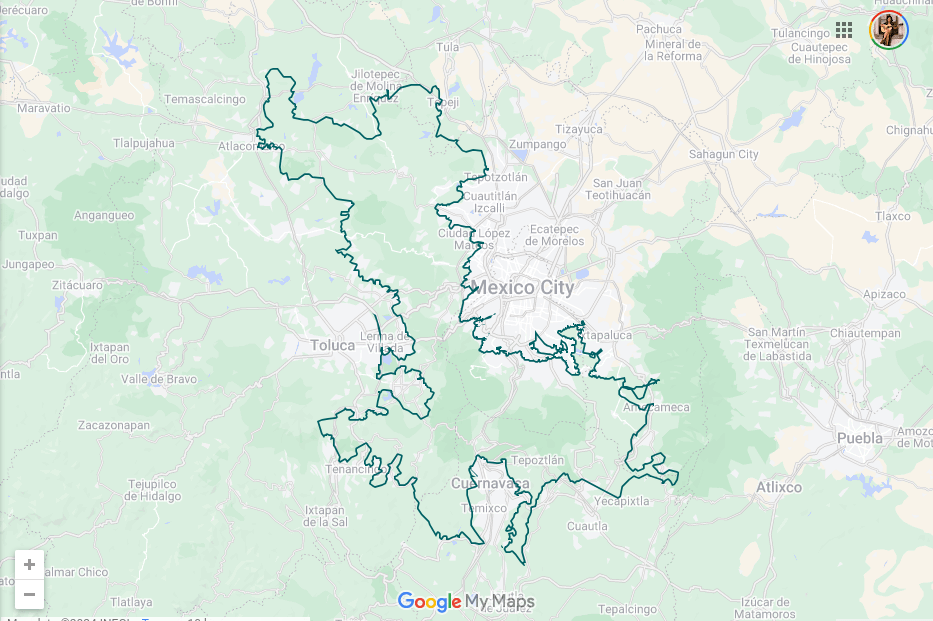
So we are currently in the process of redefining that polygon in collaboration with several organizations… With Centro Geo, mainly the Centro Regional de Investigaciones Multidisciplinarias of the National Autonomous University (UNAM), with several intersectoral consultants, including the government as well, to take into account existing decrees of protected areas and polygons. So from 260,000 hectares we are going to 800,000 hectares (3,088 square miles).
And this new version of the forest already borders Hidalgo, already connects this great biological corridor that goes from the Nevado de Toluca to the Izta-Popo National Park.
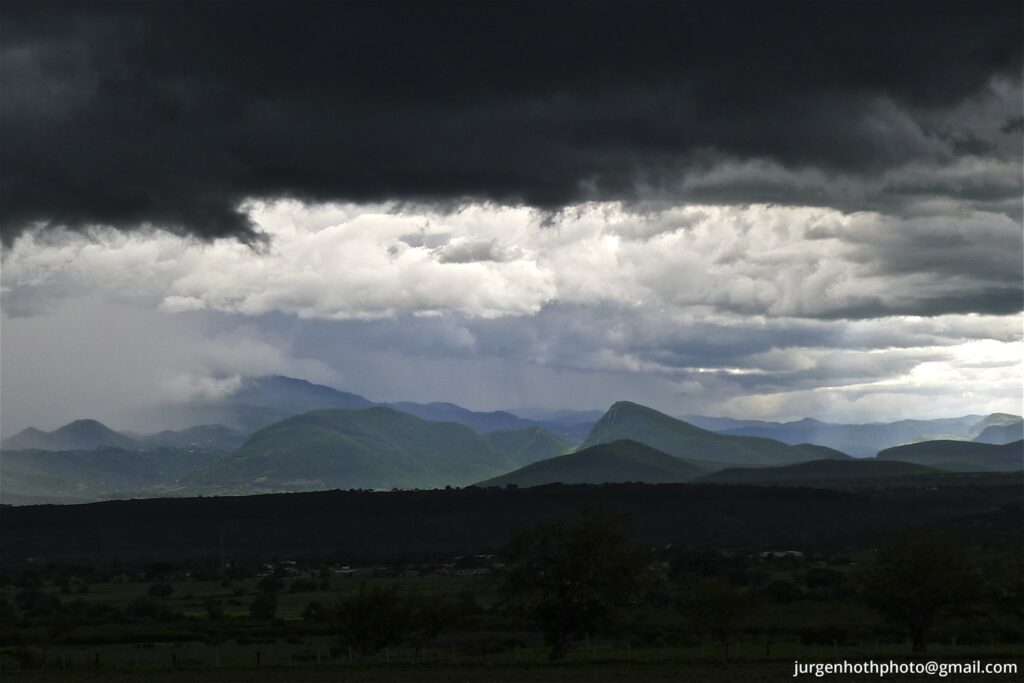
Iván: And what are the threats facing this forest? I mean, we know about fires, it’s fire season, but what are the other threats to this great forest?
Beatriz: We have been conducting surveys among the inhabitants of the Water Forest. We have been very systematic because we consider their perspective the most important. They are the ancestral inhabitants of the territory, and well, we see it in three stages: First, illegal logging.
I would even dare to say that it’s throughout the Mexican Republic, but all the inhabitants of the Water Forest are extremely worried and overwhelmed by illegal logging. Perhaps in a more limited way, there is the growth of disorderly urbanization. And thirdly, forest plagues: insect infestations and pathogens.

The forest plagues are also dangerous because today the treatment of pests is such that where there is an infested tree, they cut down all the trees within 10 meters of the infested tree,, and this also lends itself to a lot of illegal logging. But yes, right in front of us, in the place where there is the highest concentration of universities, companies, civil organizations, the great benefactor is slipping away from us day by day. It’s slipping out of our hands.
And the fires, fires are part of ecosystems, we know that well, it’s part of a dynamic. The problem is when they become uncontrolled, and in the case of illegal logging what happens is that they only take the trunk and in the process of cutting down the tree, they knock down many other trees and only take the trunk and leave the crown, all the branches, all the leaf litter, and that dries up there and is waiting for any spark to become a huge conflagration.. So yes, fires have become more severe, more uncontrolled due to illegal logging.
Iván: Of course, of course. Tell us a little about your work in FUNBA. What is FUNBA?
Beatriz: We created FUNBA, The Biosphere Foundation of Anahuac, in 2011 specifically to address the issue of the Water Forest, and Funba is dedicated to coordinating efforts between different sectors to protect the Water Forest as the guarantor of the hydrological and environmental viability of the central region of Mexico.
FUNBA does multisectoral coordination. When we talk about multiple sectors, we are talking primarily about the communities of the Water Forest, the local inhabitants and their traditional and agrarian authorities.
We also work with the academic sector, with the civil society sector, with the government sector, which is the federal government, the State of Mexico, and Morelos. We work with the arts and culture sector, with the business sector, mainly through Rotarians, with the media sector. Why?
Because the problems of the Water Forest, are so serious, so severe, and so accelerated that they are overwhelming us all. Only by collaborating and supporting local residents can we do something to rescue our main water source. And I dare say that if we don’t, Mexico will become a failed state. It’s that serious..
Iván: Yes, at one point you mentioned asking for it to be recognized as a national emergency. I think the emergency is of that magnitude. And we have many other things, but if it’s not addressed at that level, if we don’t focus all our attention, all of us, government, private sector, civil society, towards a solution, then there is no future, there is no life.
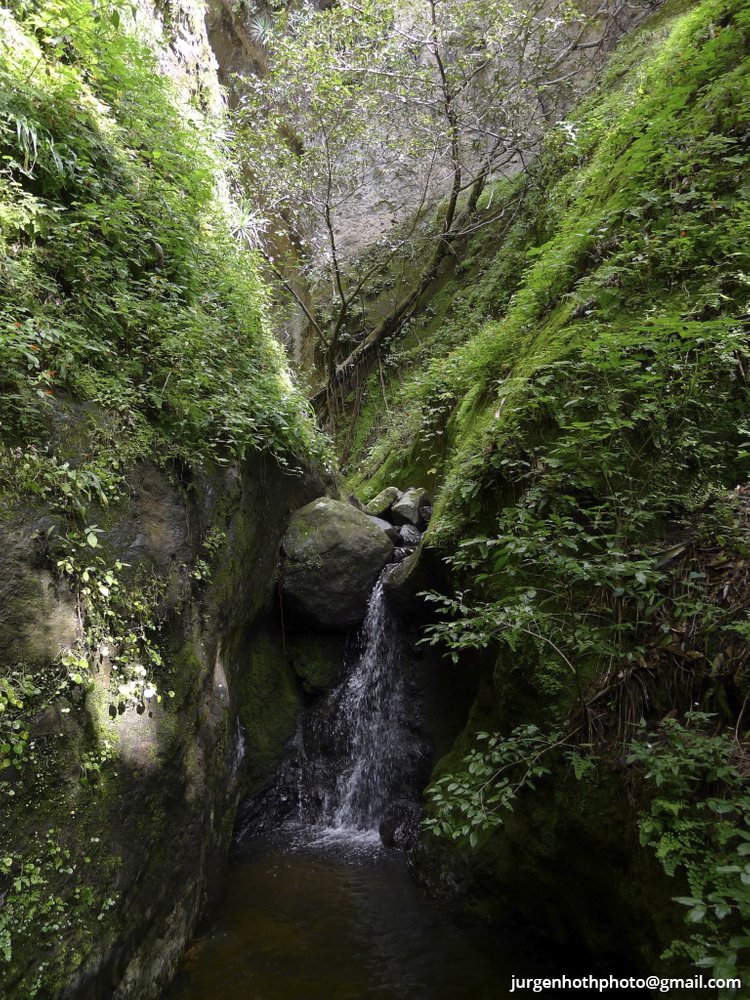
Without water, there is no life. It’s truly a matter of national security. So, that’s how Funba and the Water Forest initiative emerged. So, what’s next? What is the Water Forest initiative doing now? What comes next?
Beatriz: Yes, look, we’ve been at this since 2008, 16 years. And finally, well, it’s been so difficult to get funding. It’s sad to say, but those who have supported us the most are foreigners, believe it or not.
Finally, in these 16 years, we have achieved three very important things. First, to position the name Water Forest. Still, many people don’t know what the Water Forest is, but it’s incredible that the Water Forest was mentioned in the government leadership debate. That’s another level of positioning the name. That was great.
We have also created a multisectoral network of people who are collaborating, connected, talking about the problems, relating. I mean, there is a network of actors, the academic sector is very strong, with Tania González and Víctor Avila Akerberg doing impressive work in the northern Water Forest. This network of actors is one of the great strengths that make this social movement very resilient.
And finally, we have identified the concrete, complete, and detailed solution to the problem of the Water Forest. We have worked a lot with academics, and those are the three great achievements. We know what needs to be done.
We haven’t obtained the resources and, sometimes, that’s a bit frustrating. So, we focused our efforts and decided to support the forest brigades. The brigades are the first line of defense of the Water Forest in the field. They are there practically every day of the year, patrolling their territory. They know the territory, they know their people, they know who’s who, what the history of the territory is. They are organized. They love their forest to the point that they are willing to risk their lives for the forest. They are true heroes. They are the ones who deserve all our support.
So, FUNBA has chosen to specialize, perhaps, without stopping the work of the entire multisectoral region, but dedicating a lot of its energy to supporting forest brigades.
And for that, we are organizing an event in which everyone can participate. I’ve come across many people who say, the forest is disappearing, global warming is tremendous, environmental degradation, what can I do? I don’t have time, I don’t know, I wouldn’t even know what to do.

So, I say, if you don’t have time or don’t know what to do, then support the people who are dedicated to this. And, well, FUNBA is supporting the brigades. And so that people can support, we are creating a mechanism called Friends of the Water Forest.
Friends of the Water Forest is a kind of platform through which people can make monthly donations or participate in the events we organize, like the one I’m going to tell you about now, and those resources will be used to support brigades, support defenders, a communication campaign, to strengthen activities in the field, in the Water Forest, and for people to better understand what the Water Forest is and what’s happening.
The event we are organizing is called Last Chance. It’s a circus event tour. The first one was on Thursday, May 2nd, at Las Mañanitas, Cuernavaca. And our intention is to take this tour to Cuernavaca, three times to Mexico City, to Toluca, to Tepoztlán, to Cuautla. They’re even asking us to go to Valle de Bravo.

Iván: How beautiful, the initiative to use art as a way to gather resources that are so necessary at this moment when we are in the midst of fire season. And I know you’ve been non-stop in recent weeks delivering donations to many of the brigades.
And well, really knowing that FUNBA is completely committed to this; it’s not an umbrella organization that will take the money and use it for anything else. They are taking this to civic groups, to groups that are risking their lives to fight these fires and are being neglected.
The government is not doing what is needed to support these groups enough. So we need everyone’s support. And Friends of the Water Forest is a way for people to also make monthly donations and become constant contributors.
Even 10 pesos, 20 pesos, 50 pesos. Bringing together more of our friends, each of our family members. There is nothing more important at this moment. Without the Forest, there is no future.
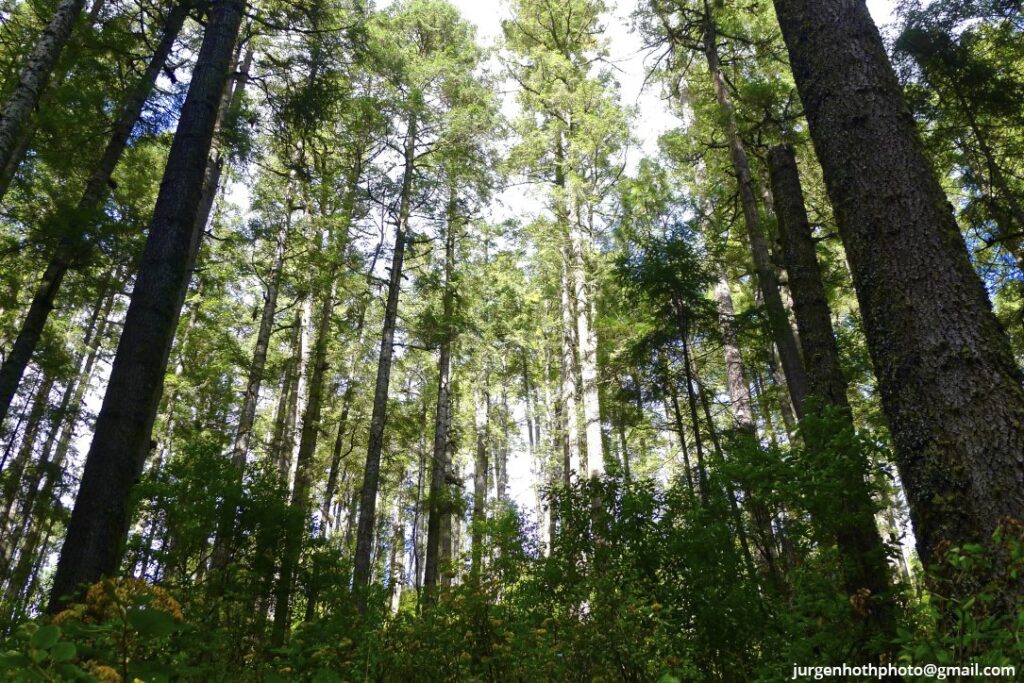
Beatriz: You can donate by buying tickets for the Last Chance events. You can go to Funba’s Instagram page. I ask everyone, please, to follow it. We need to give visibility to Funba and its campaigns.
Please, follow Funba’s page here on Instagram and also on Facebook. And please share the information about the events with your friends. And there you can go and buy your entrance ticket.
If you can’t go, buy a ticket anyway. Because that will go directly to the cause. And about the recurring donation, it’s there on the website. Inside the website, there’s a Friends of the Water Forest page.
If you have a company, if you have a business, you can also be tax-deductible. We really want to raise this platform as high as possible right now. Because it’s needed to take care of our forest and to support all the brigades, the civic groups that are doing so much.
I would like to add, since you mentioned Tepoztlán, to give an example. Many of you know that in 2021 and 2022 there were two consecutive years of uncontrolled fires in the Tepozteco and in 2023, after two consecutive years of uncontrolled fires, in the middle of the rainy season, the river was dry.
The streams coming down from the mountain had no water. It wasn’t until October, with Hurricane Otis, that the streams brought a little water. This speaks to the direct relationship between a healthy forest, a healthy ecosystem, and its ability to infiltrate water.
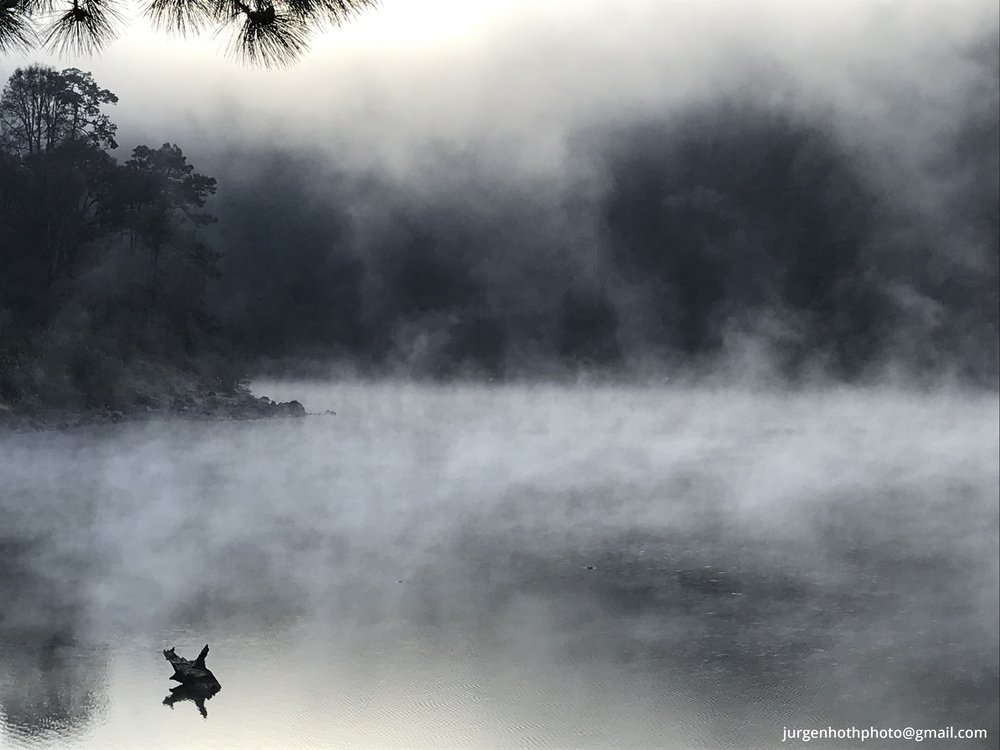
Because when a river carries water, when a stream carries water, it means that underneath the ground is saturated with water. When there is surface water, it’s saturated below. Well, no, it wasn’t saturated the third year.
Let’s see how it goes this year in Cuernavaca. Now, all the north of Cuernavaca is on fire. Let’s see if we have enough water.
And yes, we really have to add up, the Water Forest needs us all. And that’s why the event we’re inviting you to, Last Chance, that’s what it’s called, a circus event tour dedicated to raising funds to support forest forest brigades and the communication campaign of the Water Forest. Even the theme of the circus act is forest firefighters.
The circus artists, it’s a company called Fuego Azul, and they will give us numerous circus acts, including an aerial dance at 6 meters high. This fantastic structure that the sculptor Miriam Pérez made in Huitzilac, with a lot of love for the Water Forest. The love that is being put into making these events happen is huge.
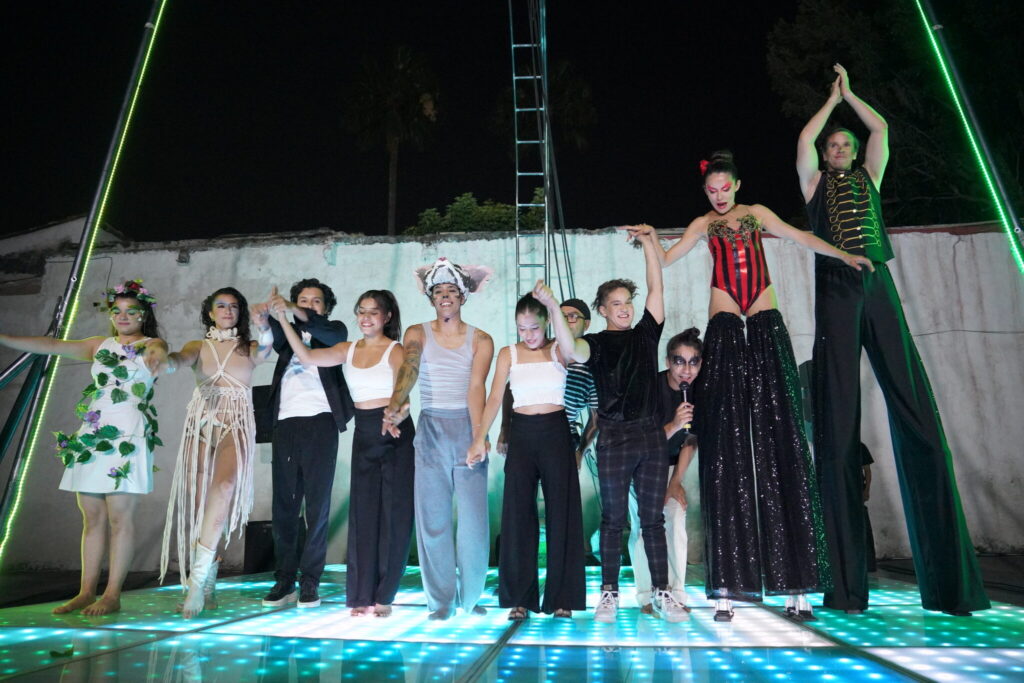
Iván: Thank you, Beatriz. And those who joined us last, please, follow the Funba page here on Instagram, follow it on Facebook. The communication campaign is starting, so we need a lot of your support to make the communication campaign visible, to like, to share the posts from there.
Please, help us spread this message. And also the Friends of the Water Forest part is an active campaign where everyone can donate from 5 pesos, 10 pesos, 100 pesos monthly. It will make a difference, I promise you.
Soon we will be announcing other events in different parts of the region with this goal of making the importance of the Water Forest and the communities living within it and the work they are doing visible. And to bring them support of resources and materials to continue their work.
So please, I ask everyone to help us like, follow these pages, to share and approach Funba, to give us your ideas, your proposals, to join this very important work from whatever you are doing. Because every bit counts.
Beatriz, thank you very much for everything you do, for all your dedication. Thank you very much to everyone. And also, for those who don’t know Beatriz, she’s a great artist. She’s been going to different places around the world for many years painting the wonders of biodiversity, going to protected natural areas.
Would you like to tell us more about your work, how people can follow you, how to approach your work?
Beatriz: Well, BeatrizPadilla.org is my website. Although, since I took over the leadership of the Water Forest initiative, my painting project has been put on hold. Truthfully, there’s no time to do both things at the same time. We’re in the process of a transition that doesn’t depend on one person, but that we have a whole team. And that’s happening.
The most beautiful team you can imagine is taking the step forward. If there are people who want to get more involved, well, the door is always open. Adding up, we will achieve it.
And well, I hope that now that we have a more nourished team, I can sometimes take my little escapes to paint natural areas too, which is something I enjoy very much and is still relevant, right? I consider myself an ambassador for the wild areas of the world through my painting project.
Iván: Well, thank you very much, Beatriz. Thank you very much to all those who connected and are commenting there. Please continue sharing, continue connecting.